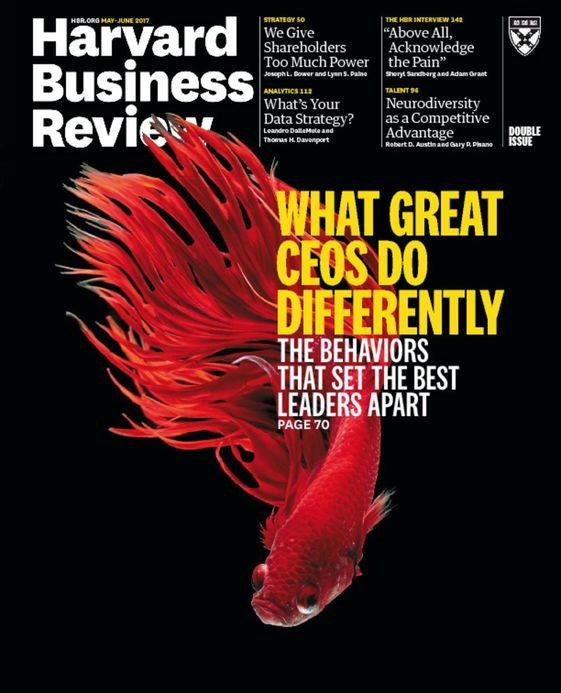 Something’s going on at the Harvard Business Review – and it’s making waves across the print industry.
Something’s going on at the Harvard Business Review – and it’s making waves across the print industry.
“In the past six months, HBR’s overall paid circulation increased from 276,428 to 304,680 – a 10.2% gain,” explains this post from Talking New Media. The article cited recently released Alliance for Audited Media (AAM) figures, noting that the final numbers are subject to audit.
“This achievement reflects all-time high renewal rates, strong production of new subscriptions through digital marketing efforts, and strong performance of HBR’s January-February and March-April issues on the newsstand,” the article continues.
You might remember that earlier this year, HBR’s executive VP Josh Macht came out in staunch support of print for his brand.
“…while everything is increasingly digital, that doesn’t mean there is no role for print or for the physical,” Macht said at the time in an interview with Fipp. “The hard part is that you have to make the physical magazine the best magazine it can possibly be.”
To that end, the brand instituted what Macht called “The Big Idea,” leveraging consumers’ digital behavior to drive readers to the magazine. They were doing this through “eventification” of articles, with the intention of building engagement and keeping momentum up in between the six monthly print issues.
To say it seems to be working is an understatement. Their current circulation is the highest it’s ever been in its 95-year history.
“Along with its 300,000+ paid circulation, HBR receives an average of 6.5 million unique visitors each month to HBR.org and has more than 11 million social media followers,” the TNW article notes.
As for the brand itself, Macht says it’s never been stronger.
“Our new products – from the redesigned magazine to the Big Idea – are delivering increasing value to an audience that has expanded enormously in just the past few years,” TNW quotes him as saying. “Our most loyal fans are clearly pleased with the changes, and we’re bringing many new readers into the mix as well.”
Not only are readers looking for better content, our brains are actually hard-wired to seek it out. A Neuro-Insight study found that editorial content is more memorable that social news feed content, and our brains love it. High quality editorial is 16% more relevant and engaging that social feeds. As a second benefit, ads run within this framework of memorable content performed significantly better for advertisers, offering a stronger case for ad revenue as media brands distance themselves from sponsored content.
As magazine media brands like HBR embrace the future of print, they are perfectly positioned to take full advantage of high-quality editorial content and rich ad support. For Harvard Business Review, the results are stunningly evident.
